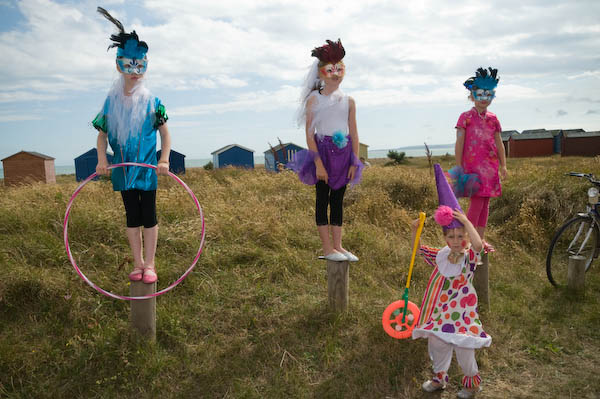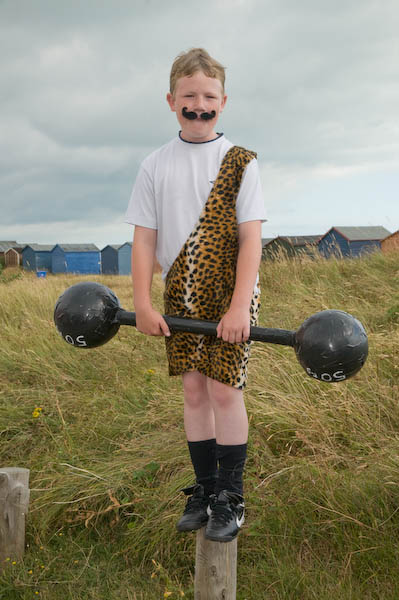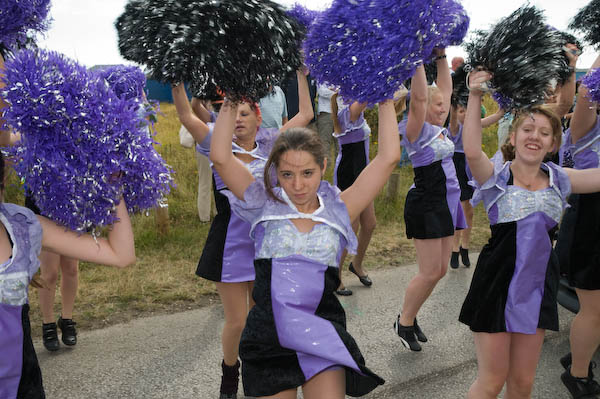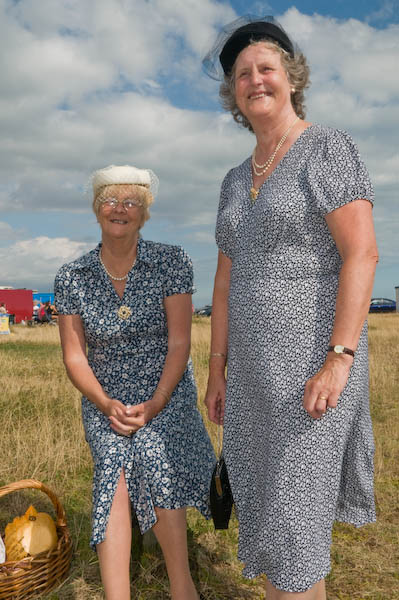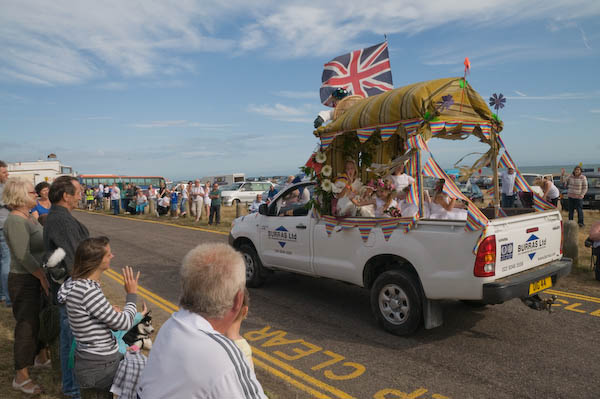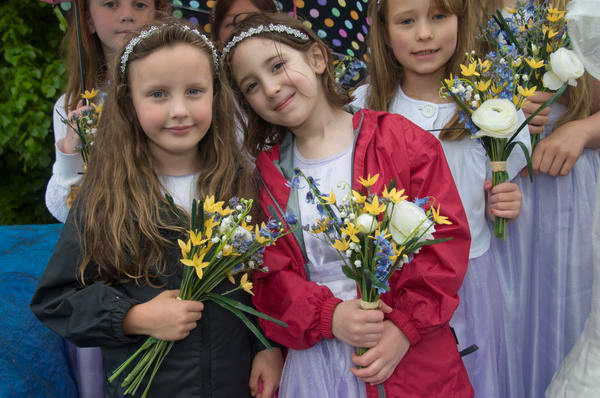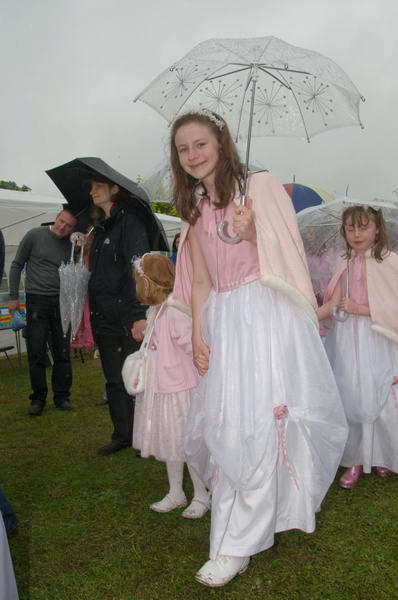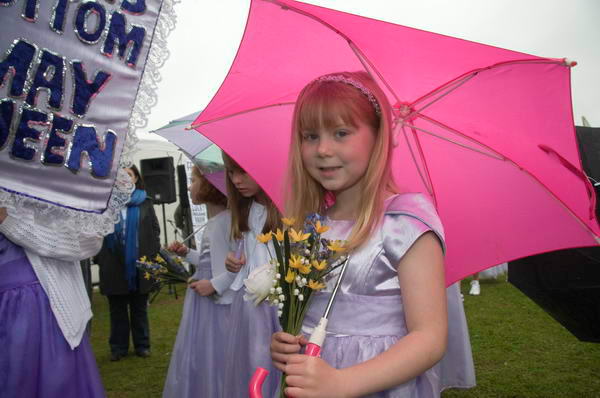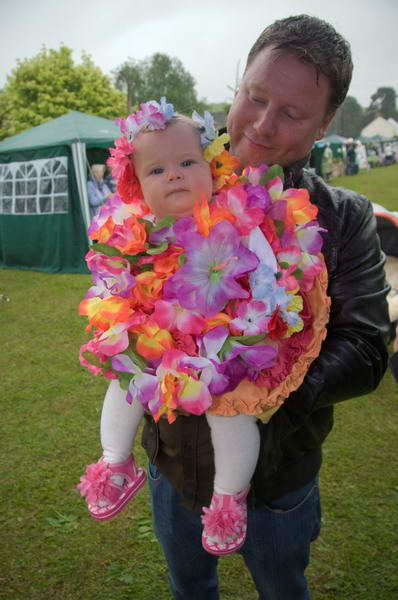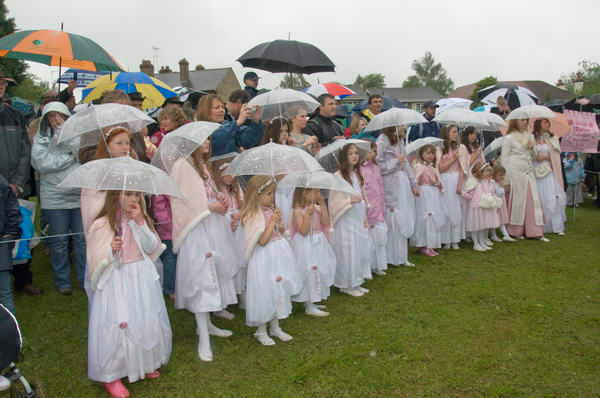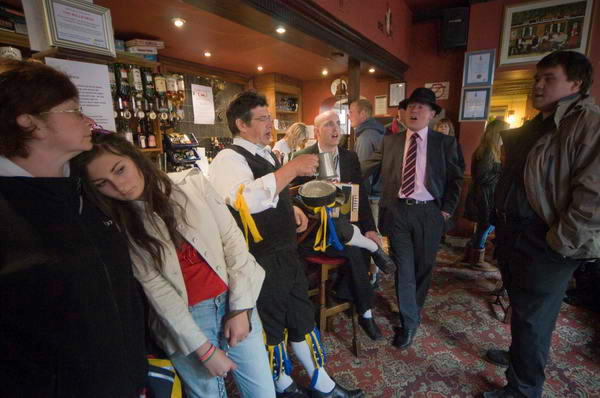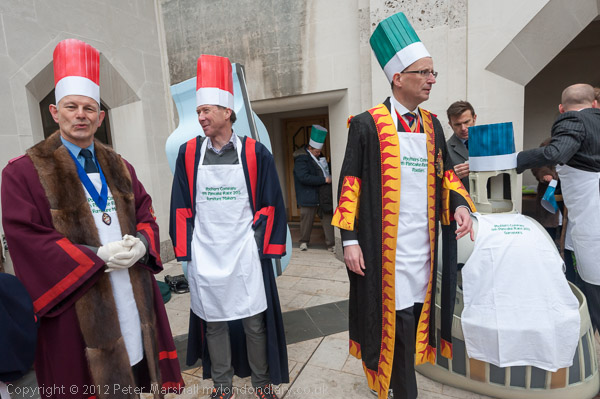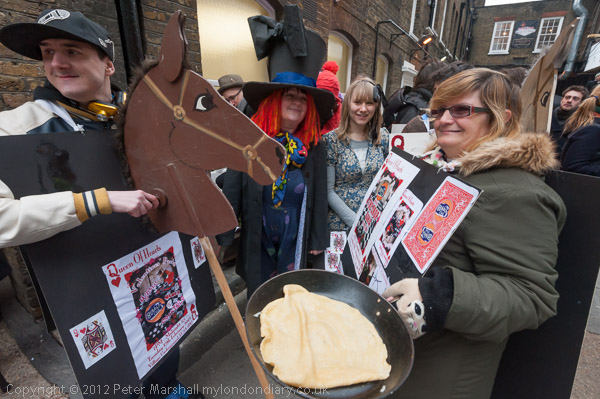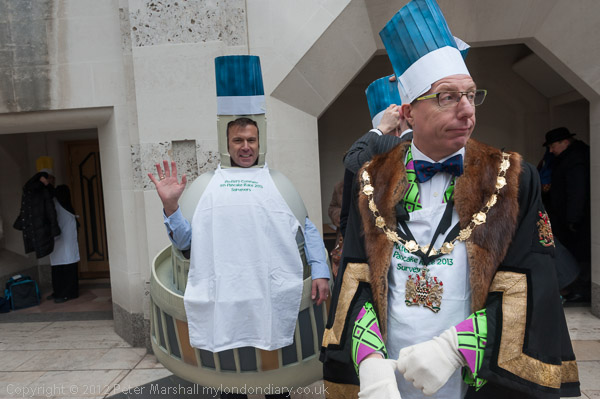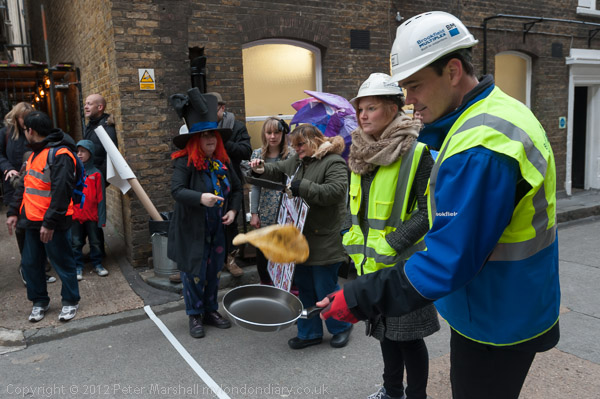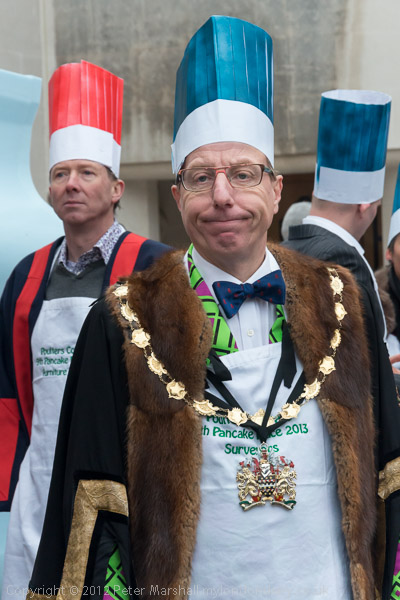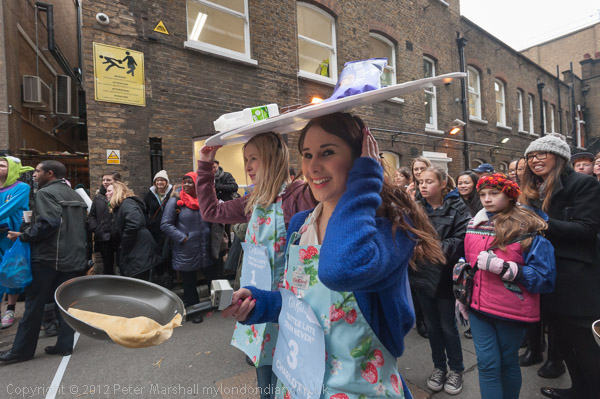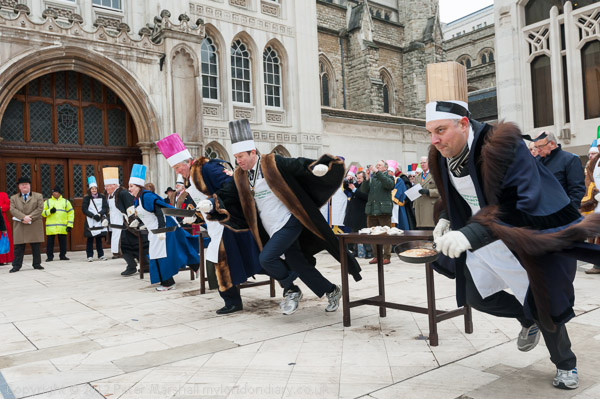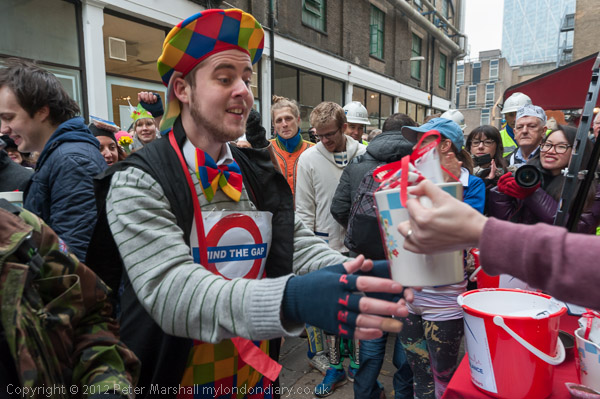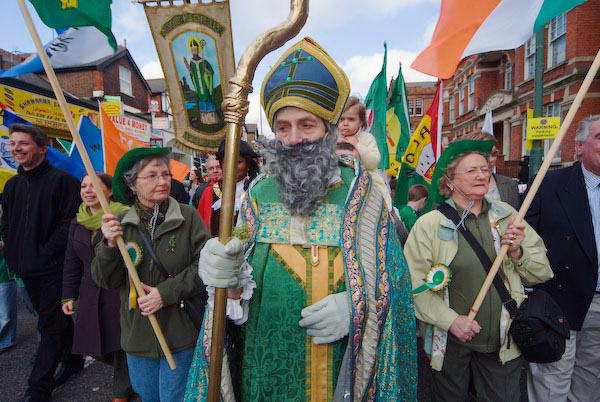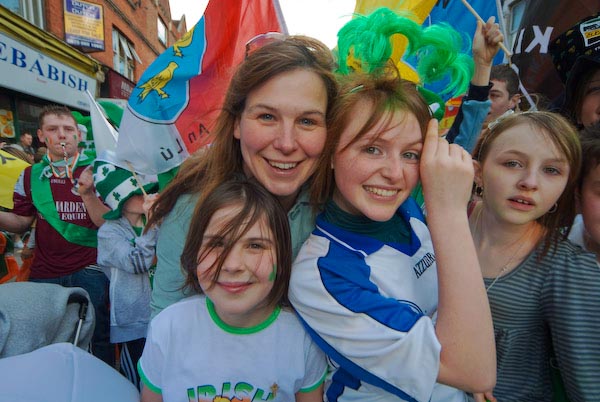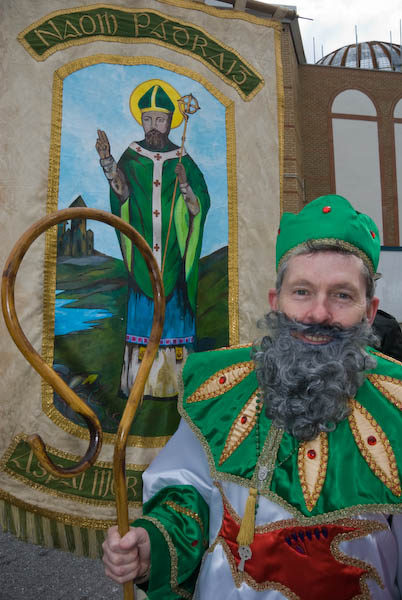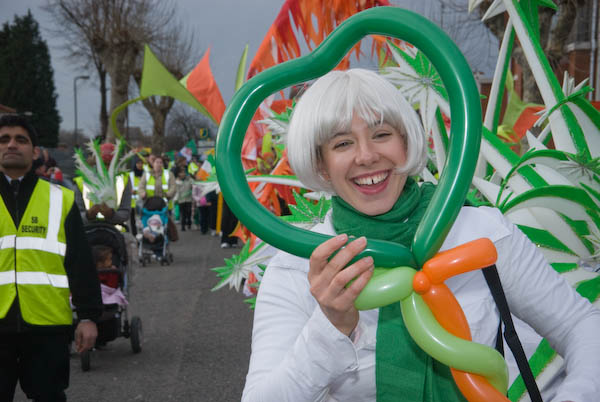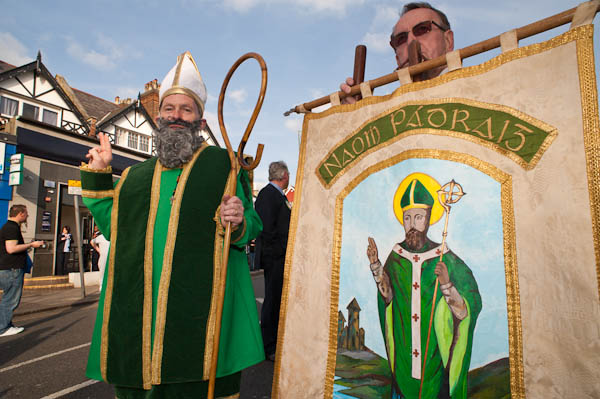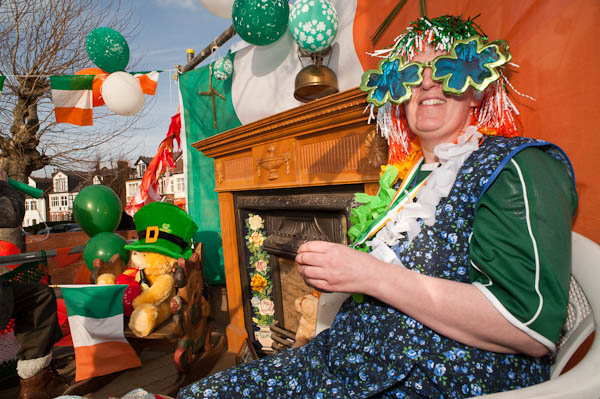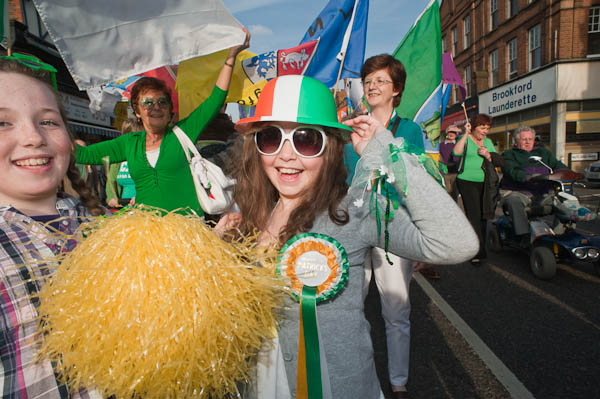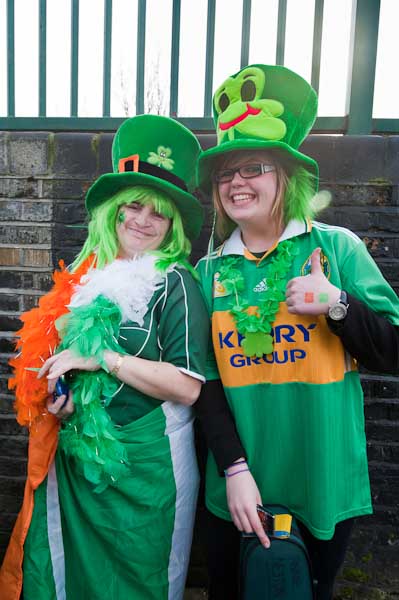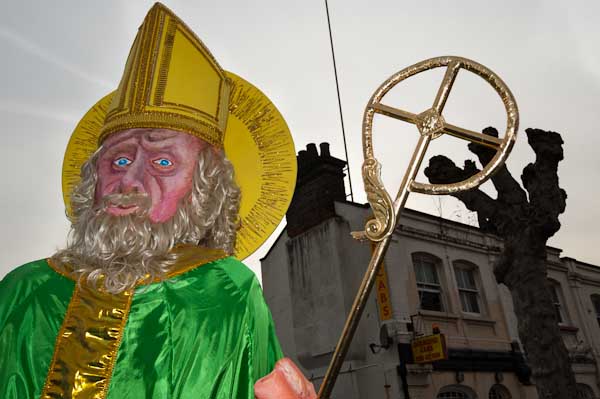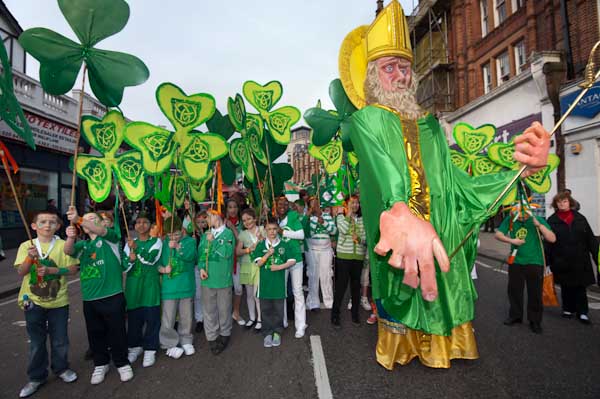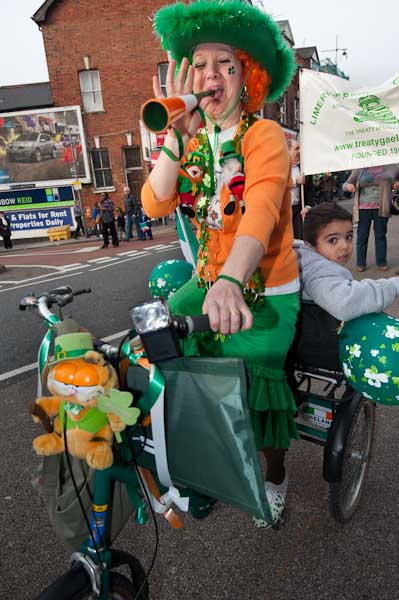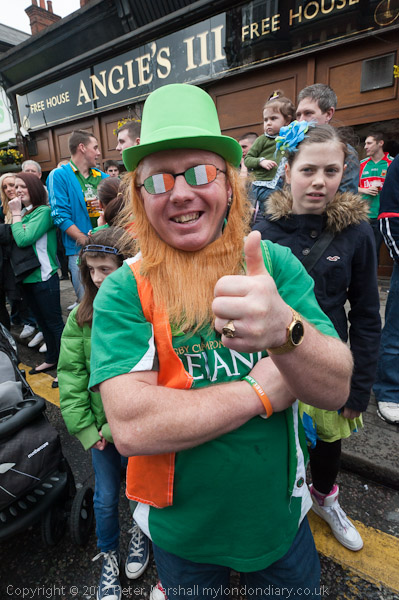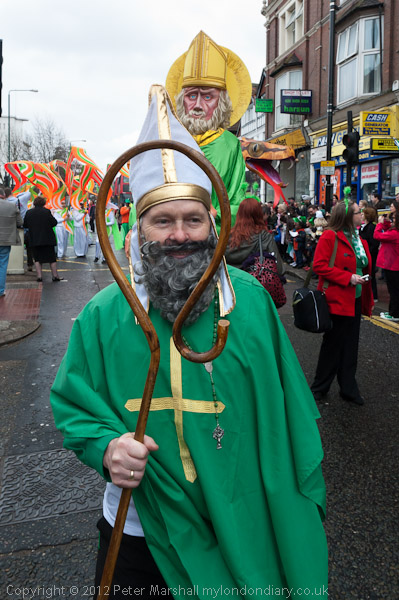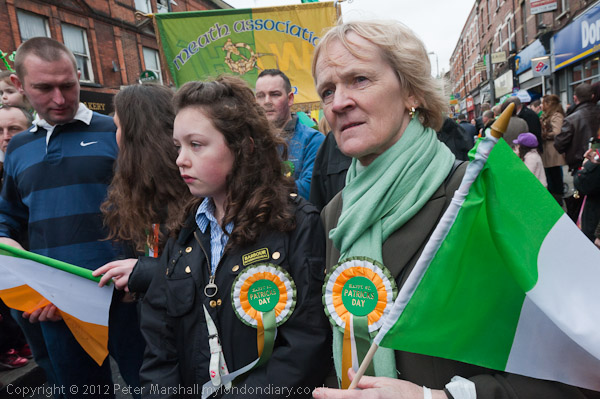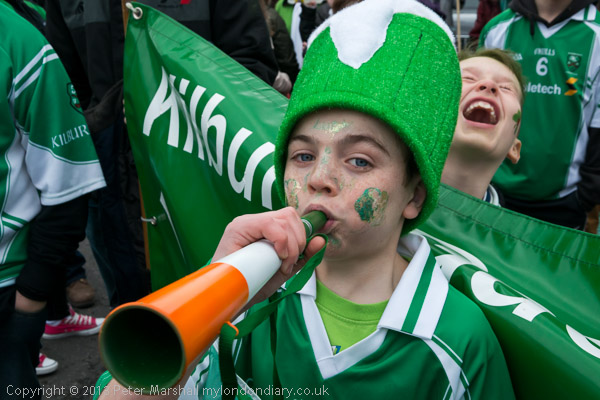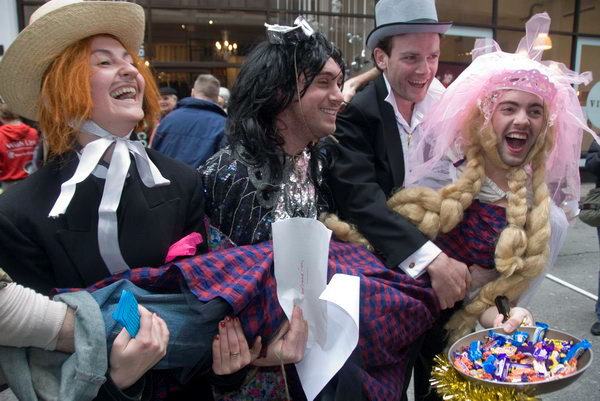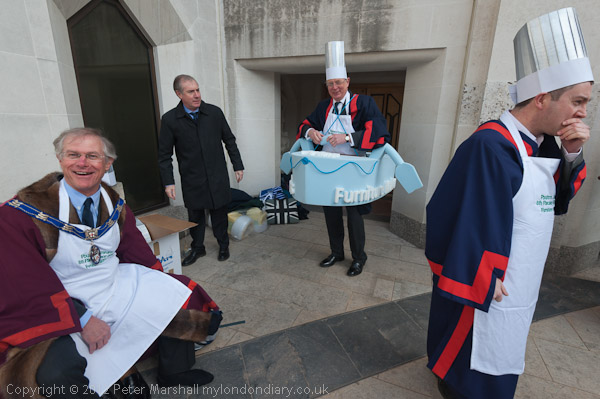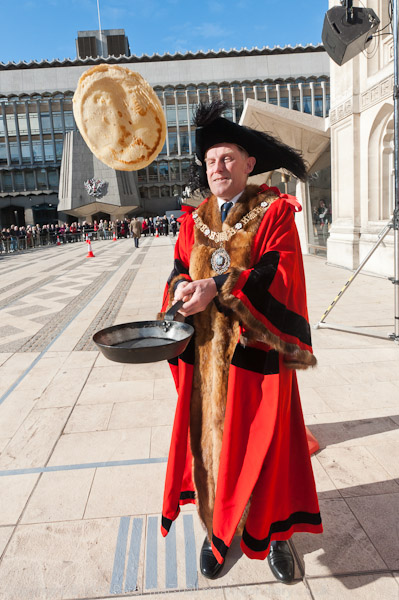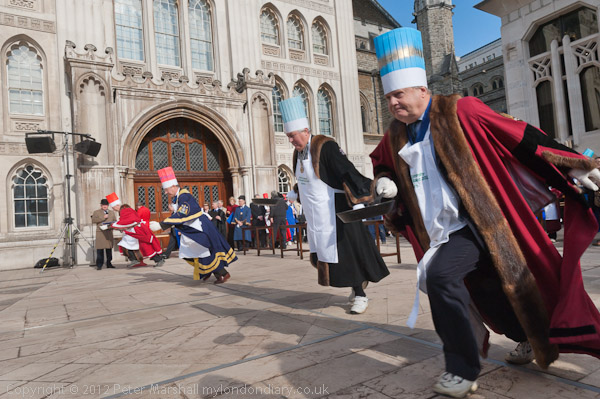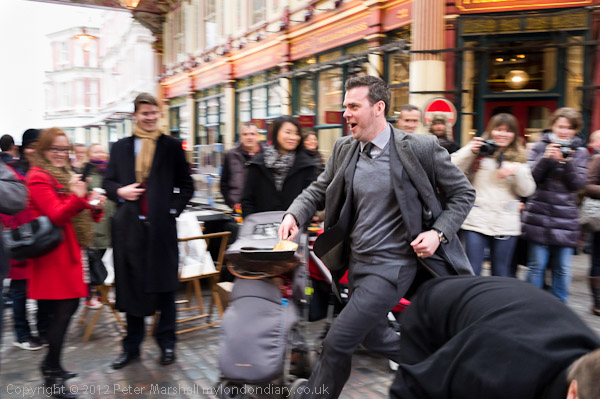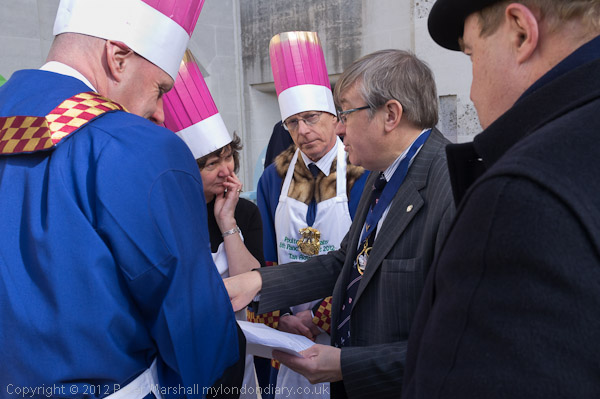May Queens in April: Most years on April 28th I’ve photographed events around one the the more important but largely overlooked by media occasions of the year – International Workers Memorial Day – which remembers those who have died in the workplace, with the slogan ‘Remember the dead – fight for the living‘. You can read a number of accounts of some of these events on My London Diary – such as this one from 2013.
But some years – and this year, 2025 is another – I have other commitments on April 28th and have not been able to cover International Workers Memorial Day. In 2007 I was working hard on a project on London’s May Queens for a museum exhibition (unfortunately cancelled at the final stage due to financial constraints) and needed to be in south-east London to work on that. My day on Saturday 28 April began in Chislehurst and then moved on to Bromley where a number of local May Queens were crowned.
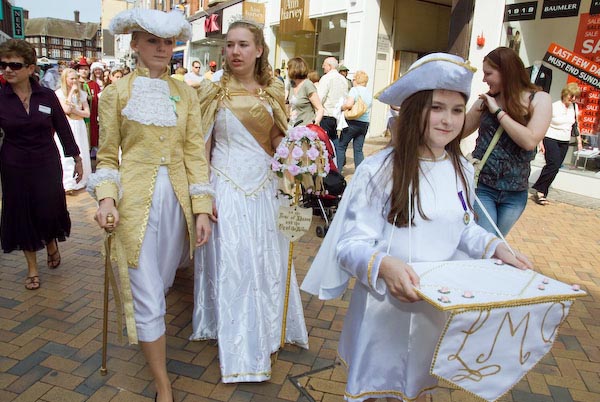
After the exhibition was cancelled I put together some of the pictures from these events in a book, London’s May Queens, still available. It’s perhaps important to say that these events are not beauty competitions but activities to raise the confidence and abilities of the girls who take part, including in public speaking and performance and that the various roles in the local groups and the London May Queen group to which they can move on are assigned solely on their length of membership. It still follows the structures and texts from its founding years.
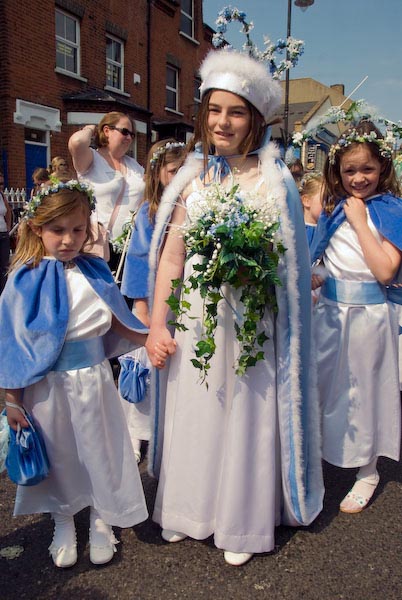
All of the rather detailed text from the second edition of the book both about the history of May Queens, this and other May Queen events around London and around half of its pictures can be viewed in the book preview on-line. Here is the text about the book on Blurb:
2012 saw the crowning of the London’s 100th May Queen. The first Merrie England and London May Queen festival was held in 1913 and it has continued every year since, still on the same lines. In the 1920s and 30s it was a major event, covered by cinema newsreels and competitions in daily newspapers, but now it is known to few outside the over 20 local realms that take part in the annual event. The 72 pictures in this work give a unique insight into this community event.
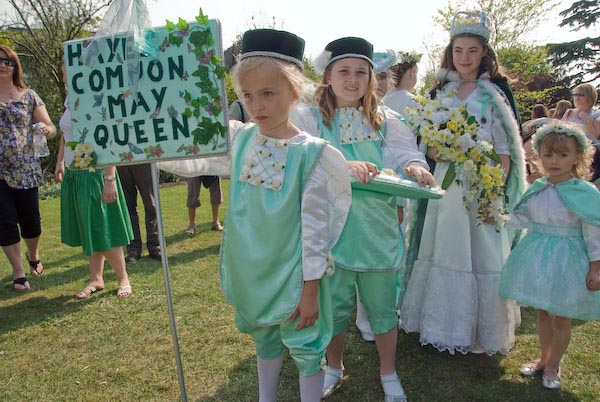
Here with the usual corrections are the two posts I wrote in 2007 on My London Diary. The pictures here are all from that day and you can see more at the links below each post.
Chislehurst May Queen Society – Fund-Raising Pub Crawl
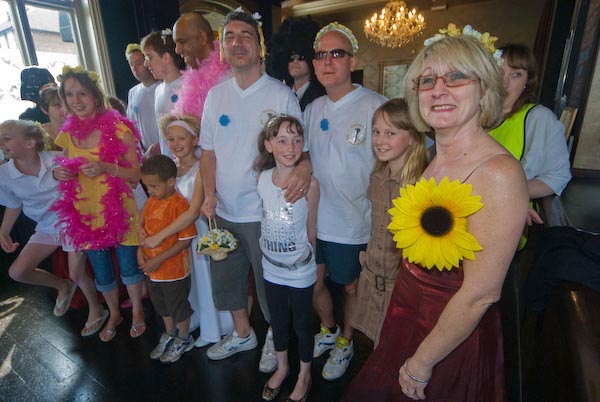
Chislehurst isn’t far from the central London but is surrounded by woods and commons and feels very different to Hither Green a couple of stations closer to the centre. Even as a suburb it feels very rural, with what looks like a large village pond and village green.
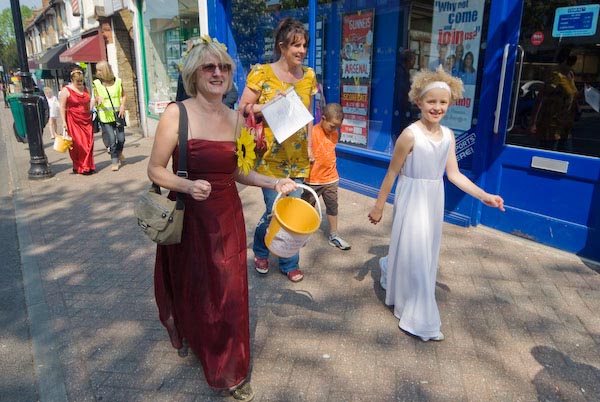
Chislehurst is one of the ‘realms’ in the London May Queen Festival, but is finding it hard to keep going and attract new young girls to carry on the tradition (see London May Queen 2005 and Chislehurst May Queen 2006) for more pictures of them.

So getting publicity in the local area is very important. They need people to notice them and the May Queen Festival, and to bring their daughters and grand-daughters along to take part in the fun. Obviously the girls who do take part are enjoying it, but it is also a commitment and takes hard work to practice the maypole dances and so on.

To get some publicity the week before the May Queen Festival they organised a sponsored fancy-dress pub crawl. I met up with them at The Lounge, a fairly newly refurbished bar at the top of the hill to the north of the town centre, with an interesting decor.
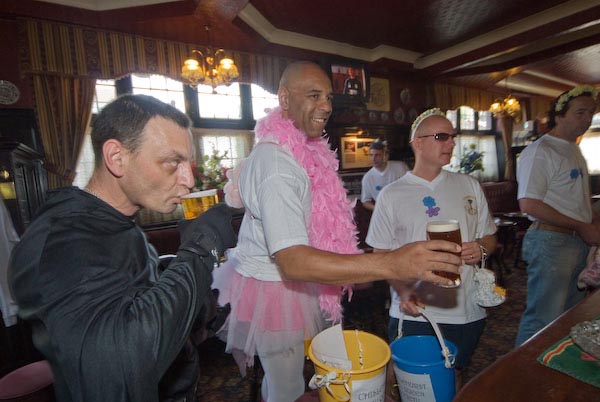
From there we went down into the centre of Chislehurst, letting people know about the May Queen and collecting money both on the street and in the pubs we visited.

I was sorry to have to leave after the third pub, when perhaps things were beginning to warm up a little, but it was fun, and I hope will help to raise the profile of the May Queen group in the area.
more pictures
London May Queen: Bromley May Queens
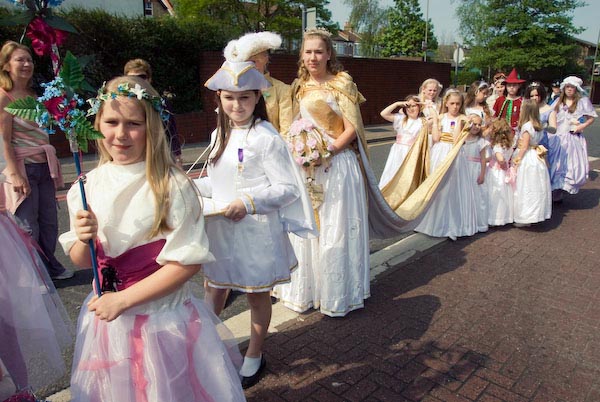
I’d promised this year’s London May Queen, Erin, that I would try to photograph her, and unfortunately I had to be elsewhere for her actual crowning at Hayes in May. So Bromley seemed a good place to catch up with her and take some pictures, as there she would be appearing with five local may queens from groups around the area – Bromley Common, Shortlands, Hayes, Hayes Common and Hayes Village.
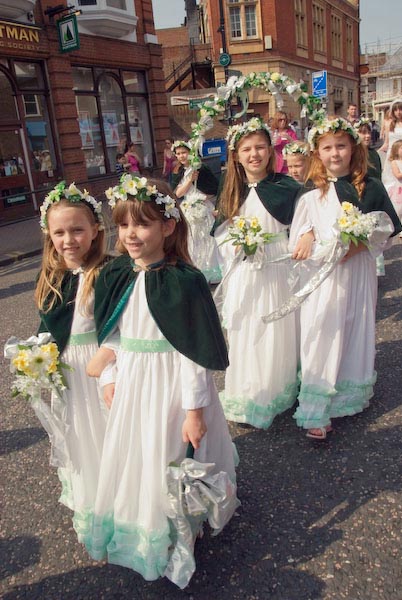
Erin, the 2007 London May Queen, is easy to recognise in my pictures as she is carrying a frame with pink roses and white flowers that says ‘I am the Rose of Sharon and the Lily of the Valley‘, as well as a sash saying ‘London May Queen‘.
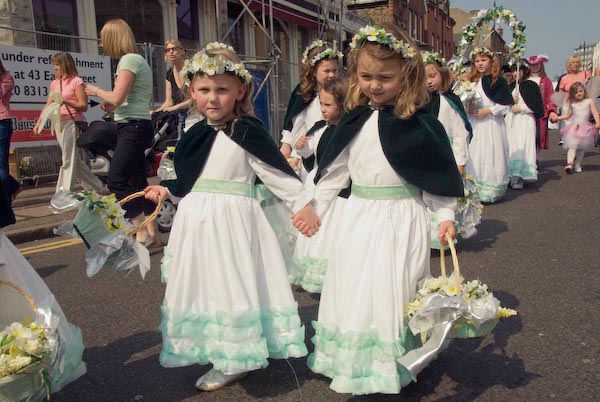
Unfortunately we got on the wrong bus to get to Bromley and enjoyed a long tour of most of the outer reaches of south-east London before finally arriving there. It didn’t help that the address I had for the start was rather vague, but finally we met up with the procession almost exactly where we had got off the bus 15 minutes of wandering earlier, and walked with the procession through the centre of the town to the gardens.
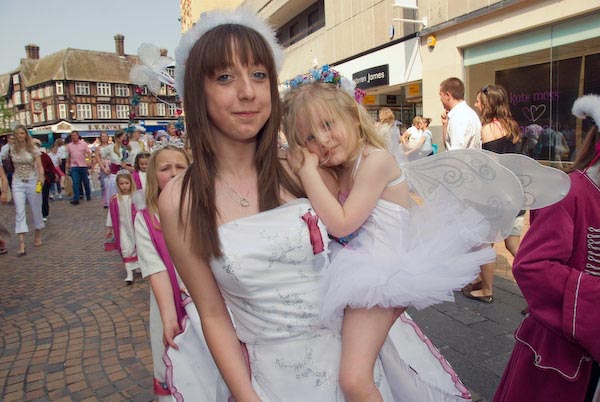
It was a shame that the police had apparently insisted that the procession rush through the town centre. It was led by the band of T S Endeavour, playing ‘When The Saints Go Marching In’ (and other popular tunes) and I’m sure they could have marched at half the pace without causing great traffic chaos – much of the centre is in any case pedestrianised.

Some of the younger girls taking part really had to run to keep up through the town centre. Events such as this enliven towns (and Bromley could do with an awful lot of enlivening, being total shopping hell) adding colour and individuality, and it seems far more important to celebrate them to the maximum than worry excessively about traffic flow.

At the gardens things were more relaxed, and the London May Queen was able to crown those of the other queens who had not already been crowned at their own local ceremonies, and there were many pictures taken by me and the mothers and fathers.

Again it’s a shame that Bromley doesn’t have a maypole and there wasn’t any singing or dancing or acting. But it was a nice summery afternoon and everyone seemed to be enjoying themselves.
Flickr – Facebook – My London Diary – Hull Photos – Lea Valley – Paris
London’s Industrial Heritage – London Photos
All photographs on this page are copyright © Peter Marshall.
Contact me to buy prints or licence to reproduce.
